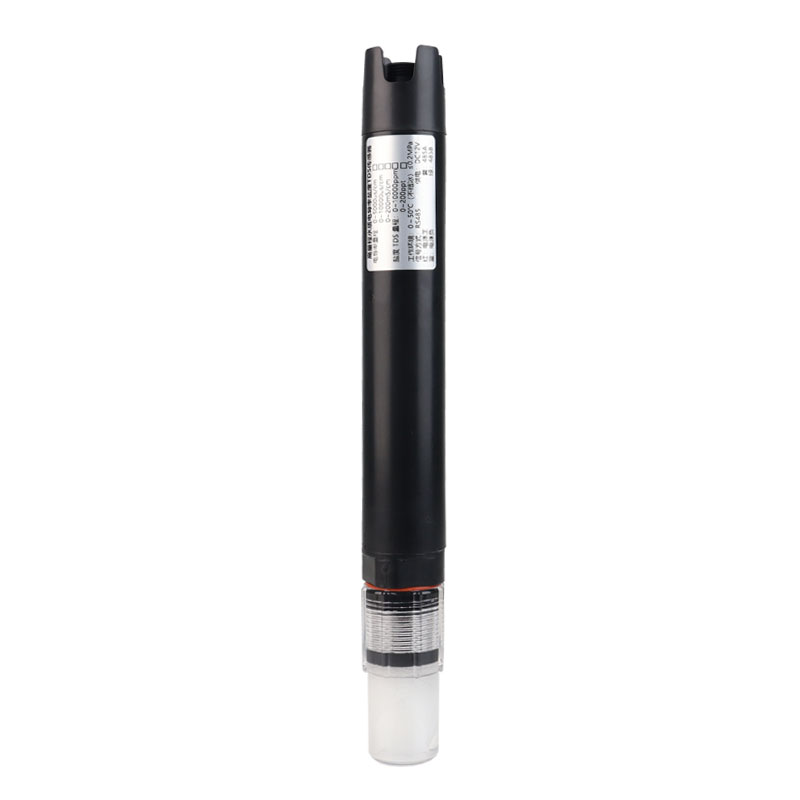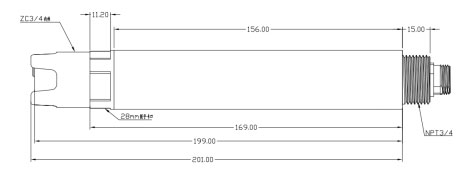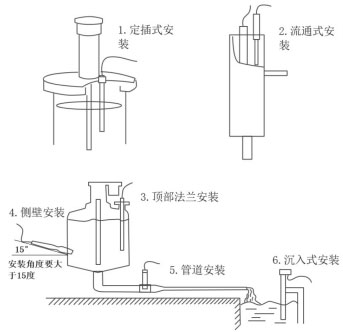Tianqiong Sensor IOT Technology Co., Ltd
Sales Manager:Ms. Emily Wang
Cel,Whatsapp,Wechat:+86 15898932201
Email:info@fengtutec.com
Add:No. 155 Optoelectronic Industry Accelerator, Gaoxin District, Weifang, Shandong, China

Sales Manager:Ms. Emily Wang
Cel,Whatsapp,Wechat:+86 15898932201
Email:info@fengtutec.com
Add:No. 155 Optoelectronic Industry Accelerator, Gaoxin District, Weifang, Shandong, China

Model:FT-S7H
Brand:tianqiong
1.Salinity sensor application environment description
Salinity sensor easily and accurately measures the total dissolved salt content in aqueous solutions and is used in aquaculture, water source testing, sewage treatment and other fields.It is used for environmental water quality detection and various high/low ionic strength water sample testing, which can meet the requirements of most industrial/environmental applications for online conductivity, salinity, and TDS measurement.
Signal output: RS485 (MODBUS-RTU).
Internal signal isolation technology has strong interference.
Good reproducibility, thermal stability, low drift, small size, fast response speed
Easy to install, simple, 3/4NPT pipe threads, easy to sink-in installation or install in pipes and tanks
Stable performance and long service life
IP68 waterproof standard
24*1.218*1.5*228*22
2.Salinity sensor technical performance and specifications
1.Technical parameters
| Measurement principle | Contact electrode method |
| Signal method | RS485 (MODBUS-RTU) |
| Conductivity measurement range | (0~5000 μS/cm)(0~10000 μS/cm)(0-200mS/cm) |
| Conductivity resolution | 1μS/cm 0.01mS/cm |
| Salinity measurement range | 0-10000ppm 0-200ppt |
| Salinity resolution | 1ppm 0.01ppt |
| TDS measurement range | 0-10000ppm 0-200ppt |
| TDS resolution | 1ppm 0.01ppt |
| Measurement accuracy | ±1.5%; ±0.1°C |
| Response time | About 30s (98% static liquid) |
| Housing material | ABS |
| Temperature compensation | Automatic temperature compensation (M1820Z) |
| Cable length | Standard 5 meters |
| Power supply voltage | 12-24VDC (0.4W@12V) |
| Measurement environment | Temperature 0~50℃ (no freezing), <0.2MPa |
| Waterproof grade | IP68 |
| Installation method | Immersive mounting, NPT3/4 thread |
2.Salinity sensor size diagram

3.Salinity sensor installation and electrical connection
1.Salinity sensor installation

Note: The sensor cannot be installed inverted or horizontally when installed, and should be installed at least 15 degrees above the angle of inclination.
2.Electrical installation
The cable is a 4-core shielded wire:
Red—Power cable blue/black—Ground cable green—485B yellow—485A
Different production batches, the cable colors vary slightly.Please refer to cable silkscreen for details.
Four.Salinity sensor maintenance and maintenance
1.Use and maintain
Conventional electrodes require periodic cleaning and calibration, and the maintenance cycle is determined by the customer according to their working conditions.Conventional electrode cleaning methods:
Environmental monitoring centers play a crucial role in atmospheric environment monitoring, responding to sudden environmental incidents, and providing data support for environmental protection decision - making. A portable and powerful mobile weather station is of great significance for improving i...
Wind speed monitoring is not only crucial for the promotion of a green lifestyle but also directly affects our daily travel safety and the production environment. When the wind speed is too high, it not only poses a threat to driving safety but may also trigger natural disasters. Therefore, the prec...
What types of Water Quality Monitors are there?In an era when environmental protection is receiving increasing attention, water quality monitoring plays a vital role in maintaining ecological balance and safeguarding human health. The advent of online water quality monitoring instruments has s...
In the field of meteorological monitoring, refined monitoring has become a trend. As an important part of refined monitoring, micro-meteorological monitoring is dedicated to obtaining more accurate and detailed meteorological information. It focuses on the changes of meteorological elements within a...